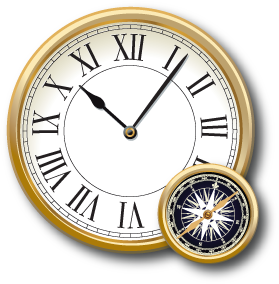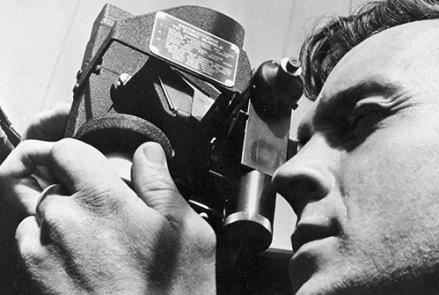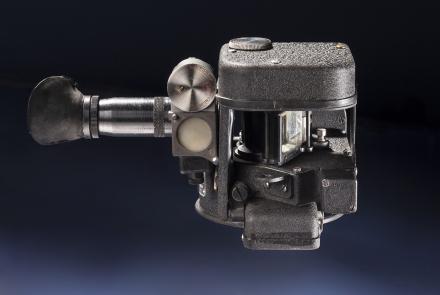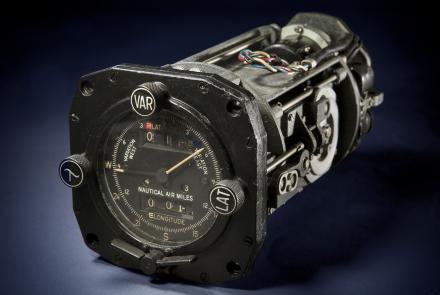Multimedia Gallery
- Search Terms: World War II
Alfred Loomis pioneered the key navigation technology of LORAN.
The pilot had to hold the control stick under the table while plotting with his other hand.
Navigators commonly felt that pilots and commanders did not fully appreciate their efforts. Their job was complex and not readily understood by others. “Hot rock” was period slang for “hotshot.”
Like most air navigators, Crosby saw celestial navigation as the high point of their art. But, in the European theater, most navigators relied mainly on radio and dead reckoning navigation.
Airsickness was common among new navigators, who frequently had to look at the ground through drift sights and make calculations while maneuvering. Crosby suffered more than most, but it did not stop him from becoming one of the war’s top navigators.
Here, Crosby describes how a bit of trivia he knew about his favorite composer led him to divert a target of opportunity strike on Bonn, Germany, when his primary target was obscured. By happenstance, Bonn was spared from heavy damage afterward. Its intact condition after the war made it the logical choice as the capital of West Germany.
An astrodome provided an enclosed area from which a navigator could take sightings.
This compact averaging sextant was widely used in the U.S. Army Air Forces in World War II.
A wartime chart of a commonly used ferry route.
This electo-mechanical system computed positions based on a series of dead reckoning inputs.














